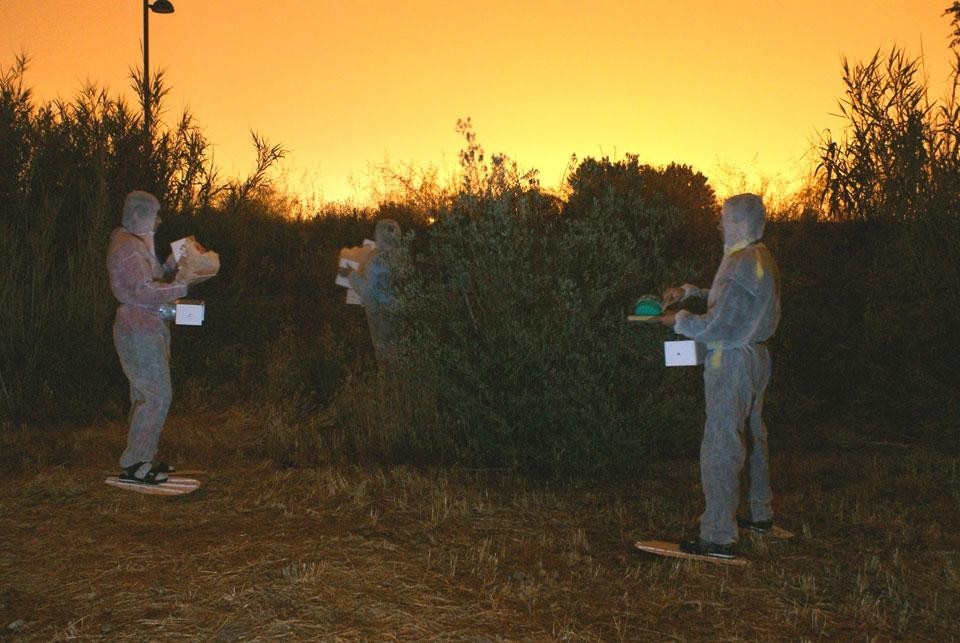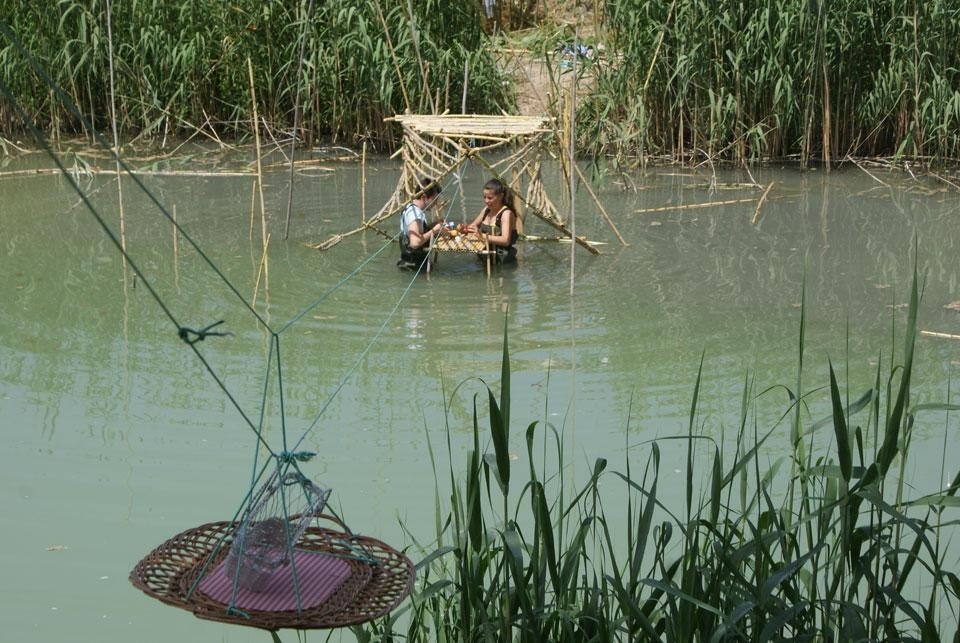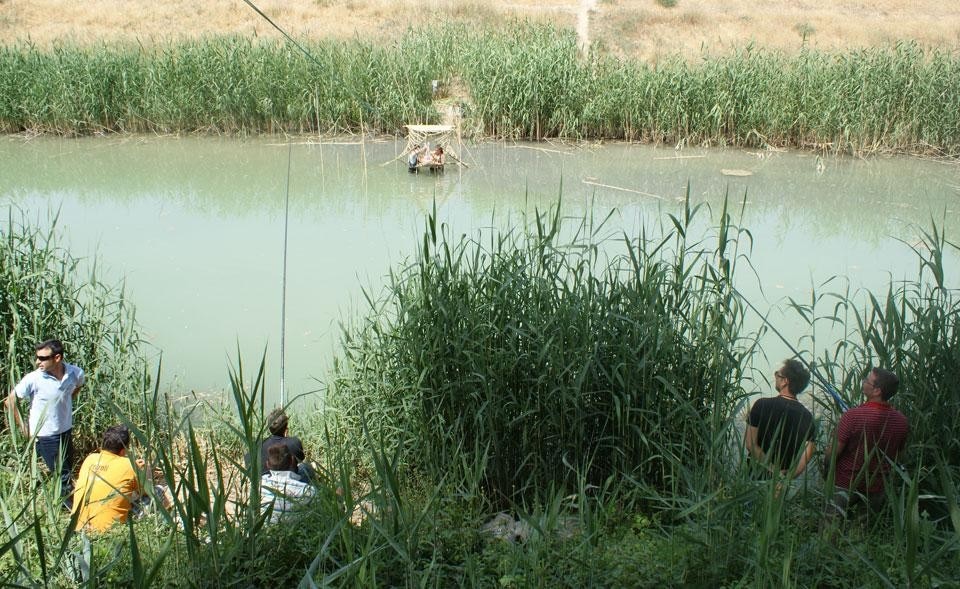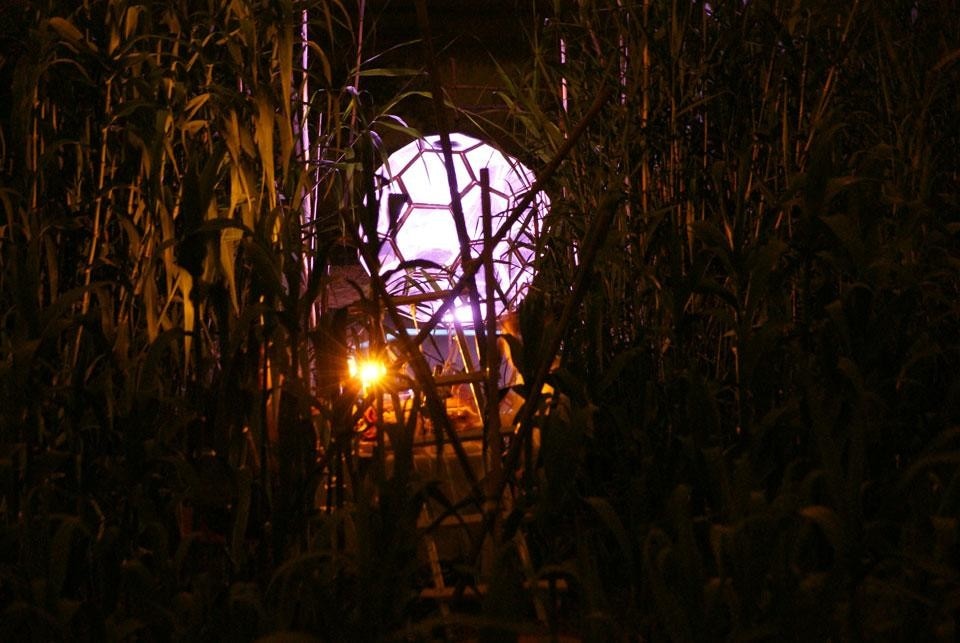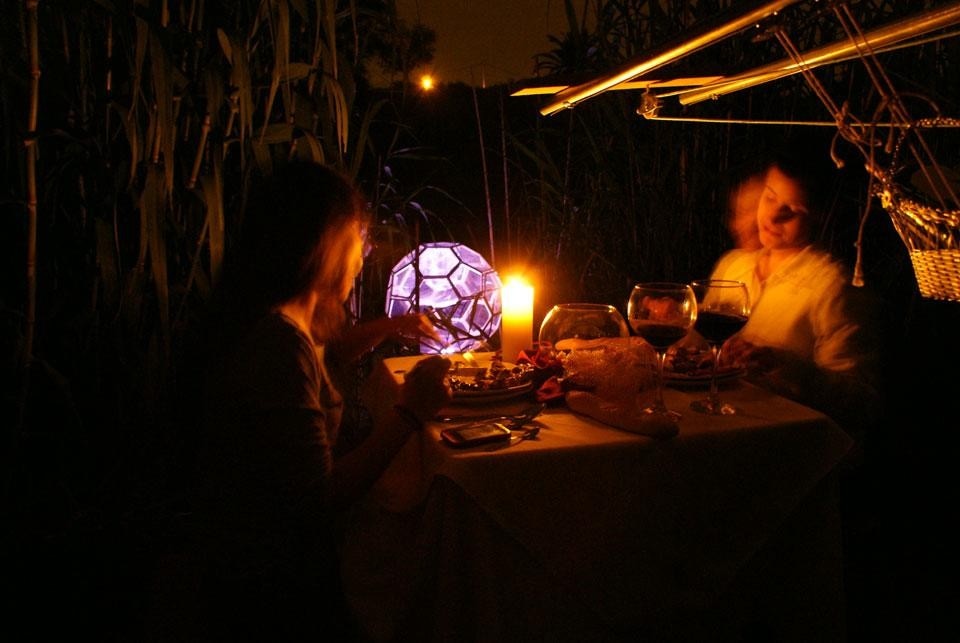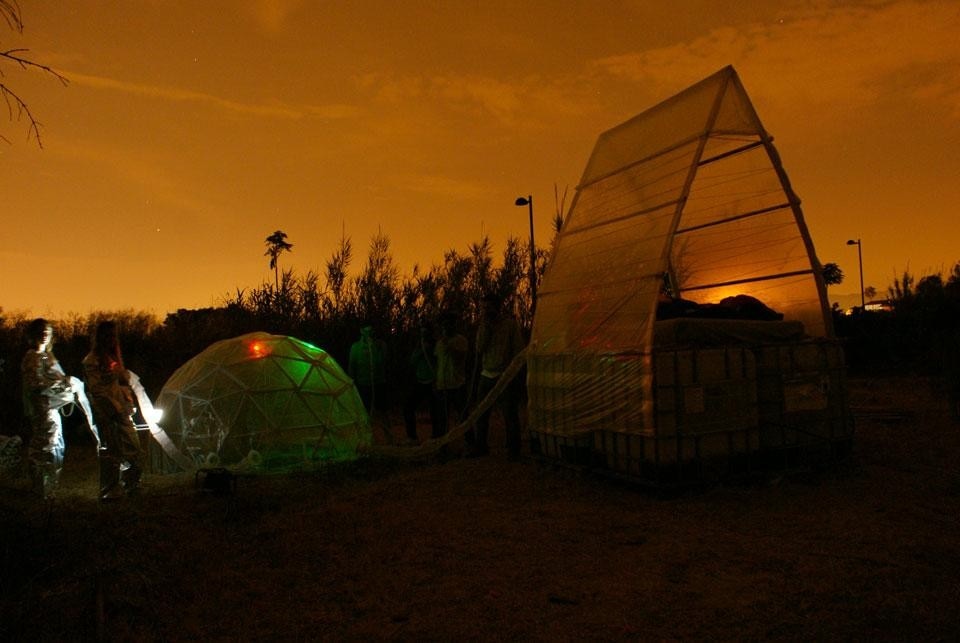An increasing number of architecture studios are starting to focus their work on new emerging practices that have not yet been strictly classified as architecture. These practices are strongly linked to the environment of insecurity in which young architects have to operate. They share many common aspects, such as self-building, deep ecology and collaborative work, and are also multidisciplinary, watering down the idea of auteur architecture while stimulating passion for innovation in the unexplored areas of the discipline. Some agents in southern Europe such as Pedrita, Like architects, Architetture Precarie, Antonio Ottomanelli, Inteligencias colectivas and Todo por la praxis are clear examples of this new type of practice. Having come into being in a context clearly determined by the economic decline of the countries in which they operate, they are forced to constantly reinvent the areas of opportunity for the architecture of the future.
The collective Huerta Bizarra came into being as one of these new quests to find areas of opportunity for architects, underpinned by the principles of pure sustainability and energy efficiency. The collective is made up of young architects and designers from southeast Spain, such as Antonio Abellán, José Tomás Marín, Javier Esquiva, Sergi Hernández, Josema Paredes and Jorge Bermejo. One of the main objectives of Huerta Bizarra is to make better use of the environment and boost economic development by means of micro-actions in a rural setting.
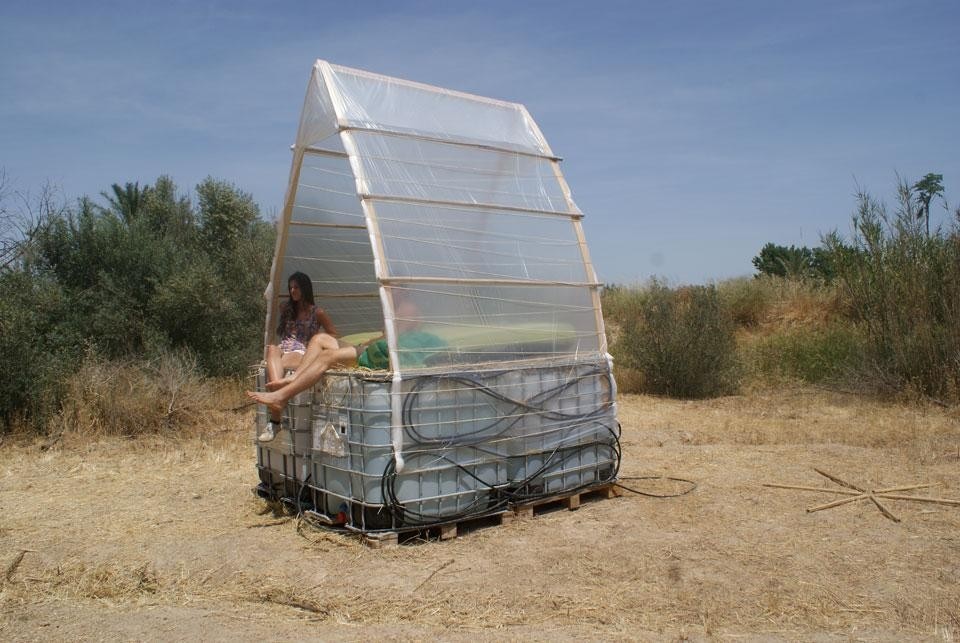
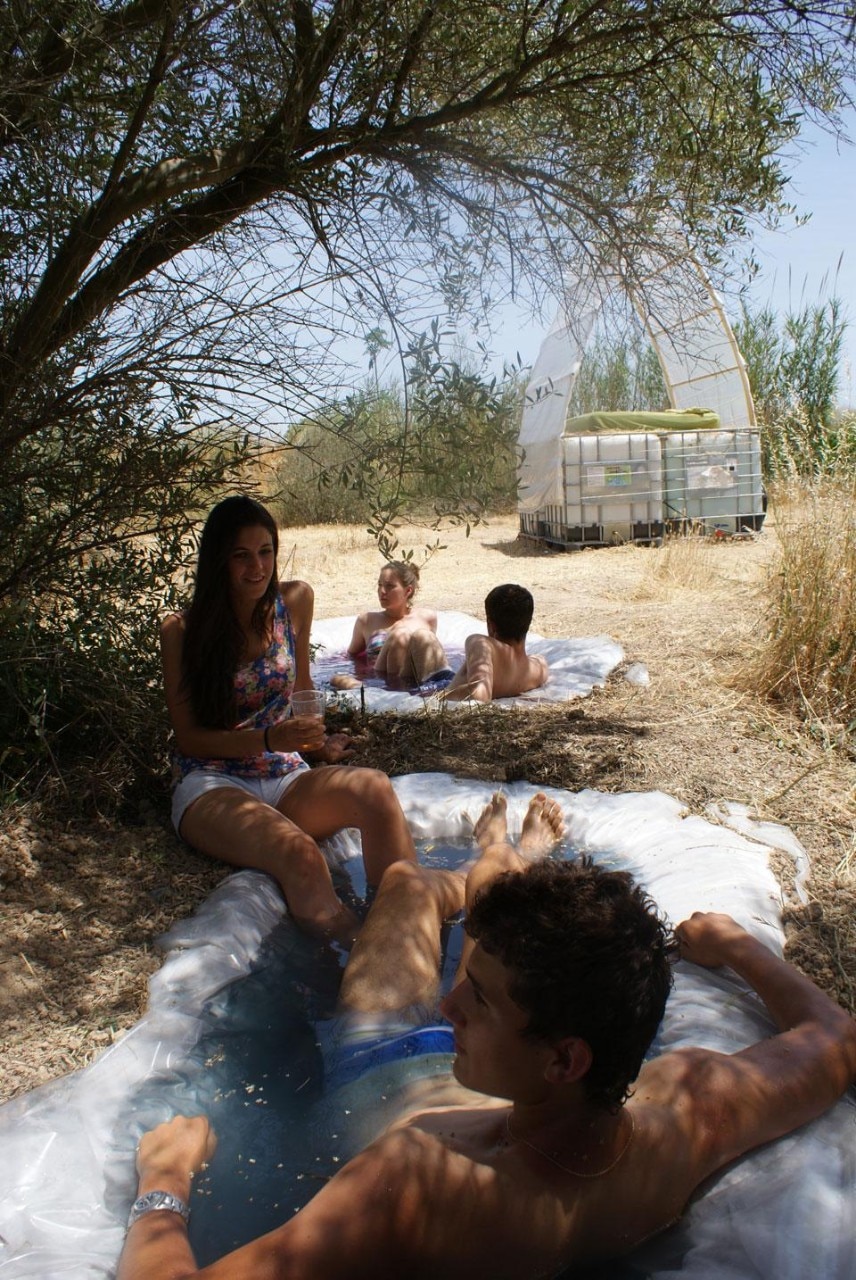
Huerta Bizarra carries out its technological innovations in an agricultural setting, where its prototypes are coming up with innovations capable of generating a new social fabric
